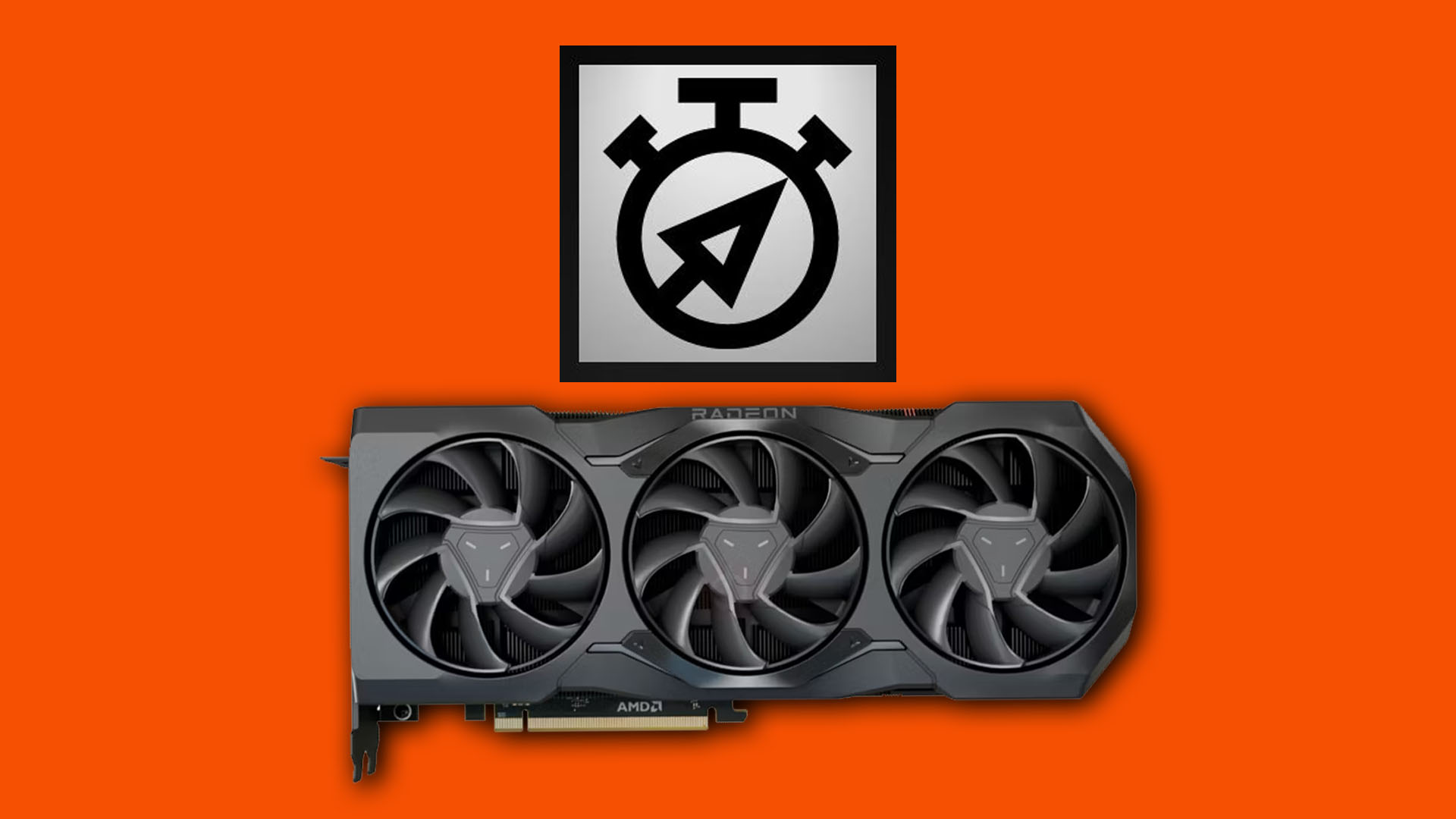AMD looks to be continuing its drive to create open-source versions of all of Nvidia’s proprietary tech, with its latest target being the Nvidia Reflex Analyzer tool. The newly released AMD Frame Latency Meter (FLM) is a piece of software that lets you work out the delay or latency between moving your mouse and seeing the result on screen, enabling you to optimize your system for minimum latency and optimal performance.
This new AMD software is potentially a boon for owners of the company’s best graphics cards, who may also interested in getting similar system latency measurements to the ones that can be obtained using Nvidia GPUs and monitors equipped with Nvidia Reflex Analyzer tools.
The whole idea here is that there can be a whole host of unforeseen delays between you performing an interaction with your PC and the result being seen on screen. Your mouse could have a slow polling rate, your CPU could be a bottleneck, the game could be badly optimized, a driver might be faulty, and much more. As such, if you can measure the exact delay, you have some data with which to start finding where your system could be going wrong.
Now, although we’ve compared FLM to Nvidia’s Reflex Analyzer tool, the two packages are notably different. Nvidia’s tool is built into monitors and physically looks at the output of the display to check when it sees the change in image that’s been triggered by your interaction. It relies on having your mouse plugged into the monitor (with only certain mice being compatible), so that it can detect the mouse input itself, then it waits for the response (generally a muzzle flash) on the screen.
FLM, on the other hand, is a software-only system that can’t account for your monitor’s latency. Instead, it only accounts for the time taken between a mouse event being detected by the software and the rendered frame from your GPU being seen to respond to that software. Specifically, according the AMD’s documentation, the app works in the following way:
- The app continuously captures the frames, and compares each frame to the previous one within the selected region.
- The app then generates a mouse movement event (this is standard Windows functionality) and waits for the frame contents to change.
What’s even more notable about these differences is that AMD doesn’t have a widely adopted software feature that’s specifically aimed at reducing system latency in games. Nvidia Reflex is an option in hundreds of games that can reduce system latency. Using an Nvidia Reflex Analyzer-equipped monitor, you can measure those changes. That isn’t an immediate feedback loop that’s available with FLM.
What’s more, FLM isn’t particularly user friendly. It has a very basic interface that’s not overly easy to use, and the data it produces is just dumped in a CSV file rather than presented in an immediately readable manner. What’s more, we gave it a quick try and it regularly crashed as we tried to get it working, then it couldn’t seem to produce any actual results from our tests.
For more on AMD software that we do know works, check out our AMD FSR guide for a full rundown of how it works to get yourself a free boost in frame rate.


